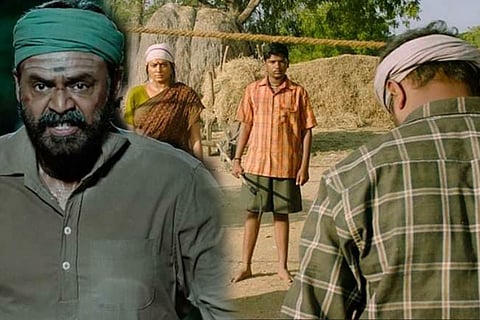

When an original work of art is easily available and accessible, few people would choose a flawed imitation. It is therefore common sense that anyone who is aware of social realities would choose Asuran over the Telugu remake, Narappa. The Vetri Maaran directorial starring Dhanush in Tamil was remade by Sreekanth Addala as Narappa in Telugu, with Daggubati Venkatesh in the titular role. Keeping aside the criticism that Asuran received with regard to its portrayal of violence against Dalits and the retaliation (since the contours of anti-caste cinema are still being debated), it can be said that Asuran was largely hailed for showcasing the spirit of anti-caste struggles, and the lives of Dalits who have been dehumanised throughout history.
(Views expressed are the author's own. Charan Teja covers the two Telugu states and writes predominantly on caste, politics and forest-environmental rights.)